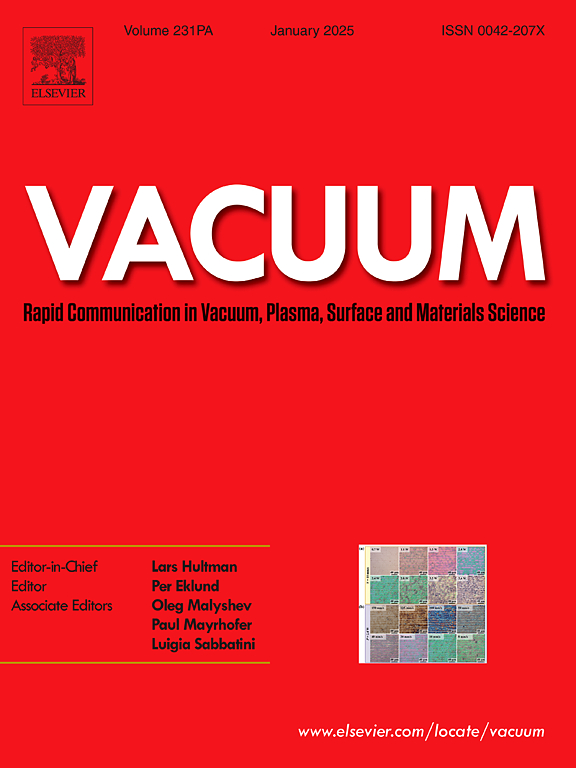Phase, microstructure and intrinsic magnetic properties evolutions of AlNiCo5 films
IF 3.8
2区 材料科学
Q2 MATERIALS SCIENCE, MULTIDISCIPLINARY
引用次数: 0
Abstract
AlNiCo permanent magnets are well-known for their remarkable thermal stability and ultra-high Curie temperatures, which are suitable for applications in high temperature micro-electromechanical systems. In this work, we systematically investigate the effects of varying annealing temperatures and sputtering parameters on the properties, phase, and microstructure of AlNiCo 5 film. We demonstrate spinodal decomposition (SD) transformation occurs in AlNiCo films after annealing. However, the microstructures of these films are markedly different from traditional SD nanostructures in bulk AlNiCo. As the annealing temperature increases, the SD transformation progress becomes more completely. Furthermore, when sputtering power is low (35 W), the coercivity of the film could reach 597.31 Oe, close to that of bulk AlNiCo, but the Ms was only 6.4 kGs. In contrast, at higher sputtering power (80 W), Ms increased to 12.5 kGs but displayed a lower coercivity of 286 Oe. The coercivity mechanism of AlNiCo films is primarily attributed to the pinning effect induced by non-magnetic amorphous phases. Additionally, the thermal stability of most AlNiCo films only slightly reduces compared to bulk AlNiCo, but remain obviously higher than rare-earth permanent magnets. This study provides valuable insights into understanding the intrinsic magnetic properties and thermal stability of AlNiCo thin films.
AlNiCo5 薄膜的相位、微观结构和固有磁性能演变
本文章由计算机程序翻译,如有差异,请以英文原文为准。
求助全文
约1分钟内获得全文
求助全文
来源期刊

Vacuum
工程技术-材料科学:综合
CiteScore
6.80
自引率
17.50%
发文量
0
审稿时长
34 days
期刊介绍:
Vacuum is an international rapid publications journal with a focus on short communication. All papers are peer-reviewed, with the review process for short communication geared towards very fast turnaround times. The journal also published full research papers, thematic issues and selected papers from leading conferences.
A report in Vacuum should represent a major advance in an area that involves a controlled environment at pressures of one atmosphere or below.
The scope of the journal includes:
1. Vacuum; original developments in vacuum pumping and instrumentation, vacuum measurement, vacuum gas dynamics, gas-surface interactions, surface treatment for UHV applications and low outgassing, vacuum melting, sintering, and vacuum metrology. Technology and solutions for large-scale facilities (e.g., particle accelerators and fusion devices). New instrumentation ( e.g., detectors and electron microscopes).
2. Plasma science; advances in PVD, CVD, plasma-assisted CVD, ion sources, deposition processes and analysis.
3. Surface science; surface engineering, surface chemistry, surface analysis, crystal growth, ion-surface interactions and etching, nanometer-scale processing, surface modification.
4. Materials science; novel functional or structural materials. Metals, ceramics, and polymers. Experiments, simulations, and modelling for understanding structure-property relationships. Thin films and coatings. Nanostructures and ion implantation.
 求助内容:
求助内容: 应助结果提醒方式:
应助结果提醒方式:


